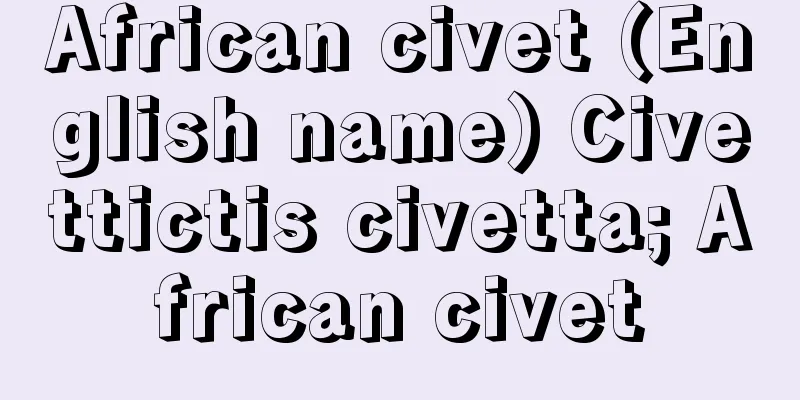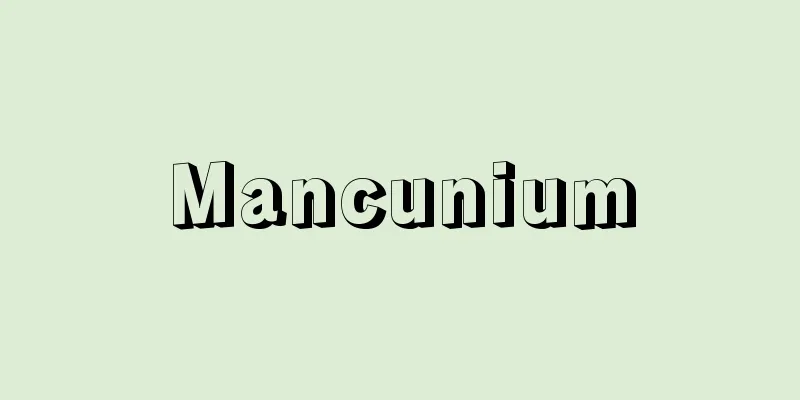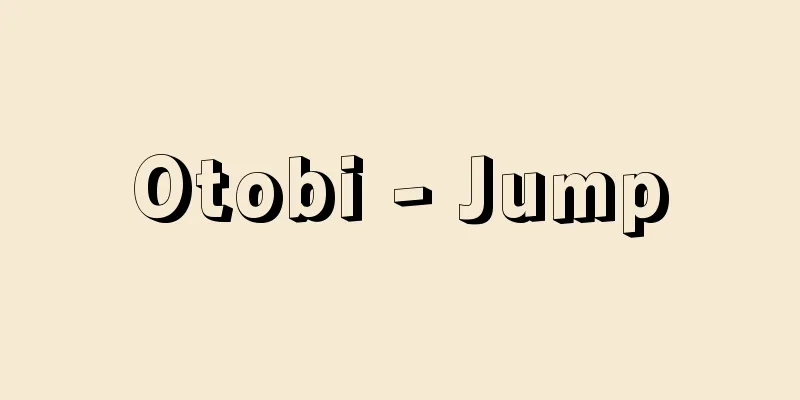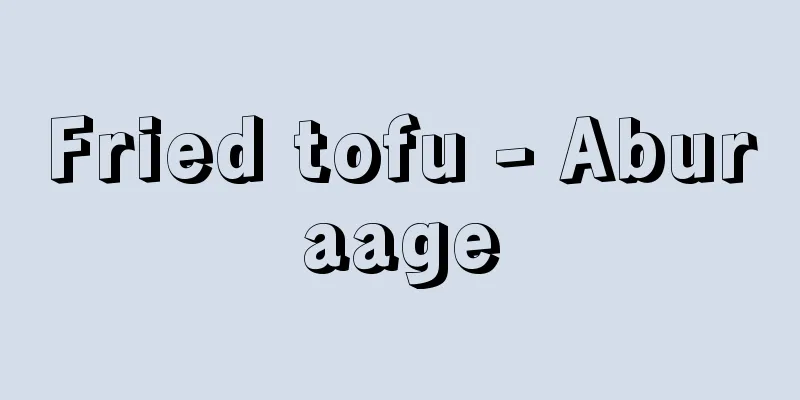Eckert, F.

|
...Around 1869 (Meiji 2), J.W. Fenton, the British military bandmaster in Yokohama, advocated the need for a national anthem, and Oyama Yasuke, the artillery commander of the Satsuma domain (later Field Marshal and General Oyama Iwao), selected "Kimigayo" from the Satsuma biwa song "Horaisan" as the lyrics (there are differing opinions as to who selected them), and Fenton composed the music to it. In 1876, judging that this song was inappropriate for Japanese people, Nakamura Suetsugu, the head of the Navy military band, submitted a "Petition for the revision of the score to celebrate His Majesty the Emperor." After the Satsuma Rebellion, the Navy Ministry commissioned the Gagaku Division of the Imperial Household Ministry's Shikibu-ryo to compose a new song. In 1880, the division composed the song using the Ichikotsu melody (formally announcing it as "The score selected by Hayashi Hiromori"), and F. Eckert, a teacher employed by the Navy Ministry, added harmony. On November 3rd of the same year, it was premiered by musicians at the Emperor's Day banquet at the Imperial Palace. In 1882, the Music Investigation Division was ordered by the Ministry of Education to make an effort to select a national anthem, but was unable to achieve its goal. The Gagaku-style "Kimigayo" was mainly performed by the military as the Emperor's ceremonial song, and in 1888, the Navy Ministry sent the wind orchestra score to each government agency and treaty country as "Japanische Hymne (von F. Eckert)." From [Japanese Music]…The import of Western music in the early Meiji period began with the formation of military bands. The soldiers of the Satsuma Domain formed a military band in 1869 under the direction of the British John William Fenton (date of birth and death unknown), followed by the creation of military bands for the Army and Navy, with German Franz Eckert (1852-1916) and others invited to teach. The import and study of Western music also began in the field of music education, and thanks to the efforts of Izawa Shuji and others who had returned from studying in the United States, the Music Investigation Section was established in October 1879 as an institution under the Ministry of Education to create teaching materials and train teachers. … *Some of the terminology that mentions "Eckert, F." is listed below. Source | Heibonsha World Encyclopedia 2nd Edition | Information |
|
…1869年(明治2)ころ,横浜にいたイギリス軍楽隊長J.W.フェントンが国歌の必要を説き,薩摩藩砲兵隊長大山弥助(のちの元帥陸軍大将大山巌)が薩摩琵琶歌《蓬萊山(ほうらいさん)》に入っていた《君が代》を歌詞として選定(選者については異説あり),フェントンがこれに作曲。76年,この曲は日本人には不適であるとの判断から,海軍軍楽隊長中村祐庸は〈天皇陛下ヲ祝スル楽譜改訂ノ儀上申〉を提出,西南戦争後,海軍省は新曲作成を宮内省式部寮雅楽課に委嘱,80年同課では壱越(いちこつ)調律旋により作曲(形式上は〈林広守撰譜〉と公表),海軍省傭教師F.エッケルトが和声を付し,同年11月3日,天長節宮中御宴で伶人らにより初演。82年,音楽取調掛が文部省の命を受け国歌選定に努力したが実現せず,雅楽調の《君が代》が天皇礼式曲としておもに軍隊で演奏され,88年海軍省が吹奏楽譜を〈大日本礼式Japanische Hymne(von F.Eckert)〉として各官庁や条約国に送付した。… 【日本音楽】より…明治初期の洋楽の輸入は,まず軍楽隊の編成から始まる。薩摩藩の藩兵は,イギリスのフェントンJohn William Fenton(生没年不詳)の指導で69年軍楽隊を結成し,続いて陸軍,海軍の軍楽隊が誕生し,ドイツ人エッケルトFranz Eckert(1852‐1916)らが教師として招かれた。洋楽の輸入と学習は,音楽教育の分野でも開始され,アメリカ留学から帰国した伊沢修二らの努力で,79年10月,文部省の所属機関として教材作成,教員養成のための音楽取調掛が設置された。… ※「エッケルト,F.」について言及している用語解説の一部を掲載しています。 出典|株式会社平凡社世界大百科事典 第2版について | 情報 |
>>: Eggebrecht, HH - Eggebrecht
Recommend
Zoonotic diseases - zoonotic diseases
Also known as zoonotic diseases. A general term fo...
Yonezu [village] - Yonezu
A village in Minamiamabe County in the southeaster...
Gatsugara kelp - Gatsugara kelp
…A group of seaweeds in the brown algae family La...
shadow
…When light shines on an object, the dark areas t...
Eyebolt
A bolt with a hole in the head for passing a wire ...
Dicentra peregrina; dicentra
A perennial plant of the Papaveraceae family, it i...
Bulbar palsy - Kyuumonami
Paralysis caused by damage to the motor nuclei of ...
Sustainable development
...The conference marked a new beginning for conc...
Flower crest - Kamon
…In recent years, thinner, more corrosion-resista...
Guenon - Guenon (English spelling)
A general term for animals in the genus Cercopith...
Sextans (Sextans)
Its abbreviation is Sex. It is a spring constellat...
Zoshikida - Zoshikida
〘Noun〙 In the Nara and Heian periods, this refers ...
Credit Lyonnais (English spelling)
A French deposit bank with one of the world's ...
Aikawa [town] - Aikawa
A former town in Kitaakita County in northern Akit...
Margai, M. (English spelling) MargaiM
... After World War I, the labor and nationalist ...









